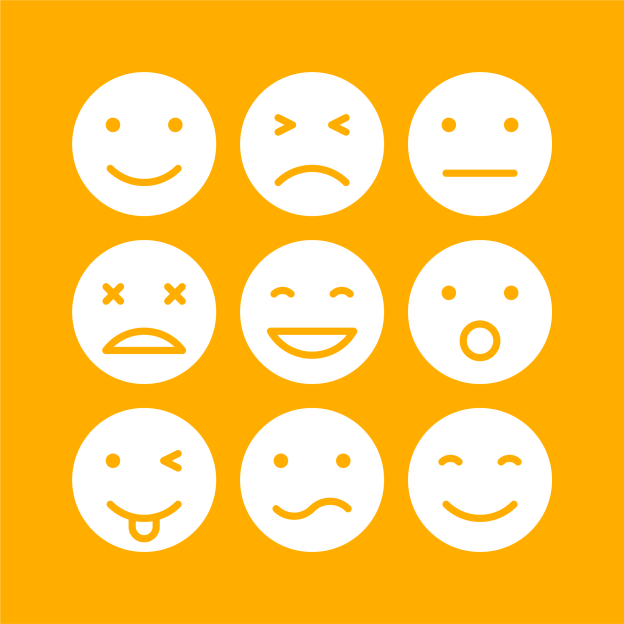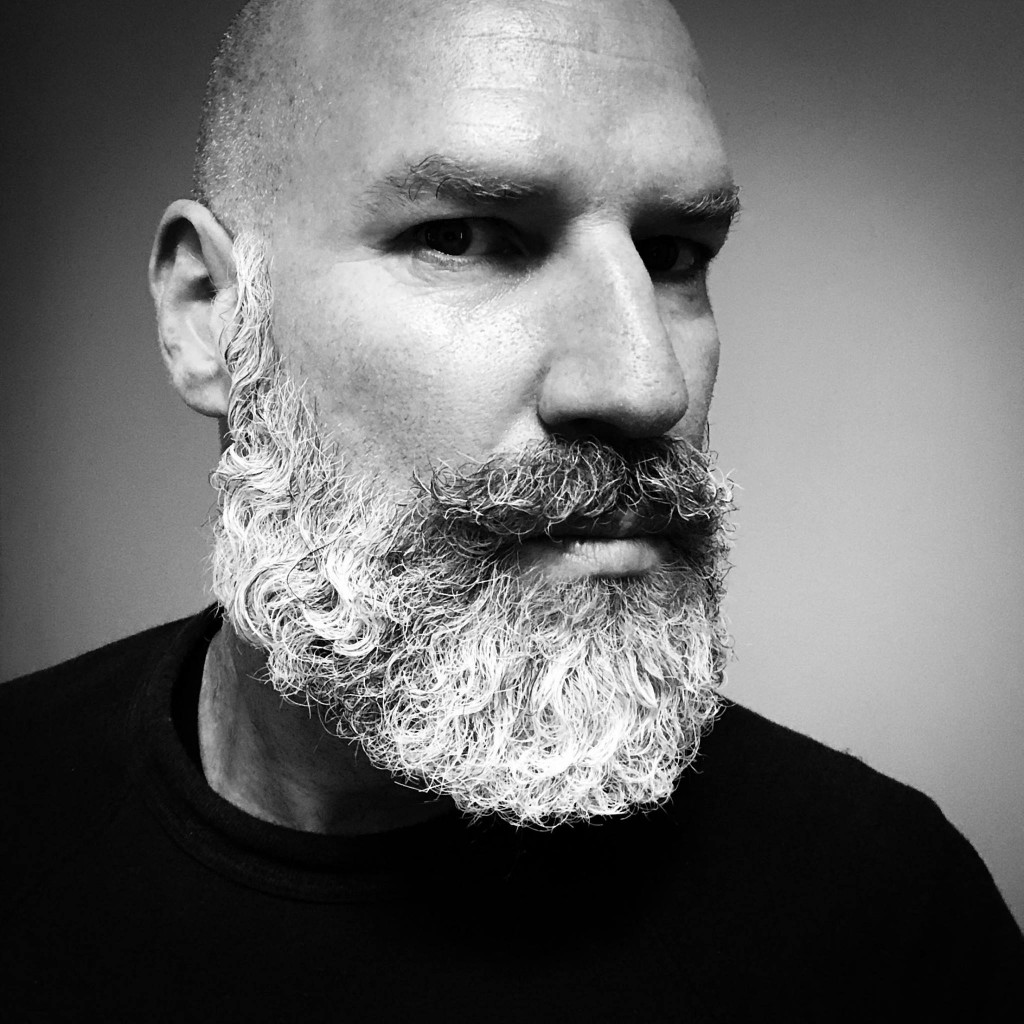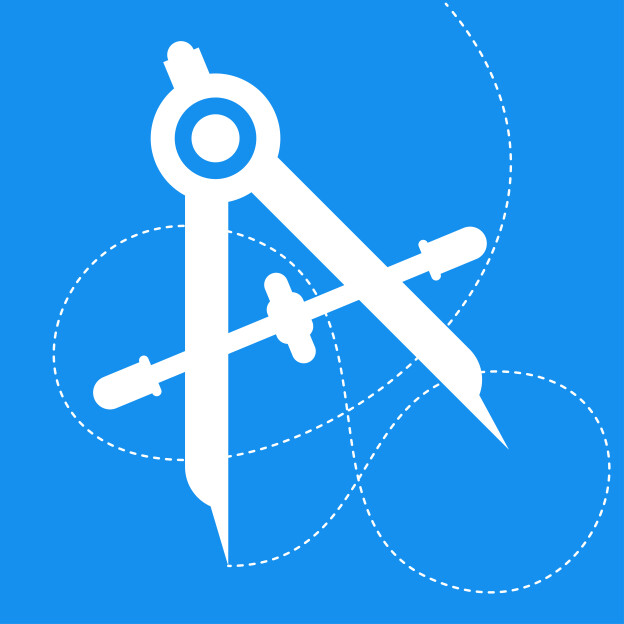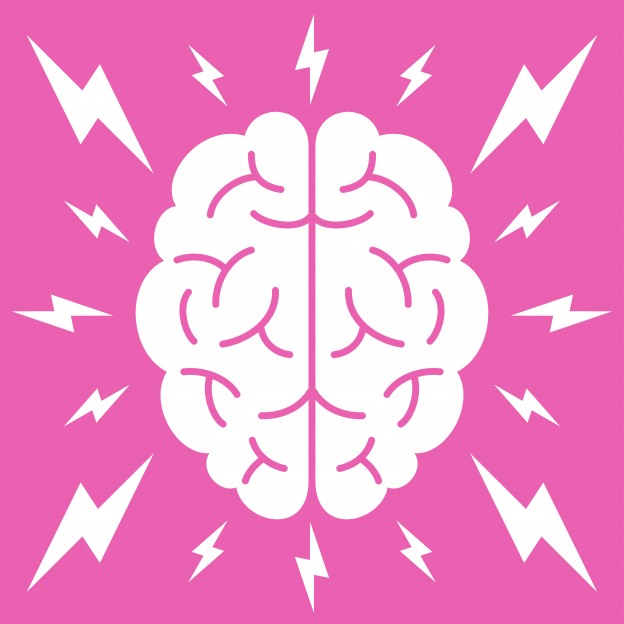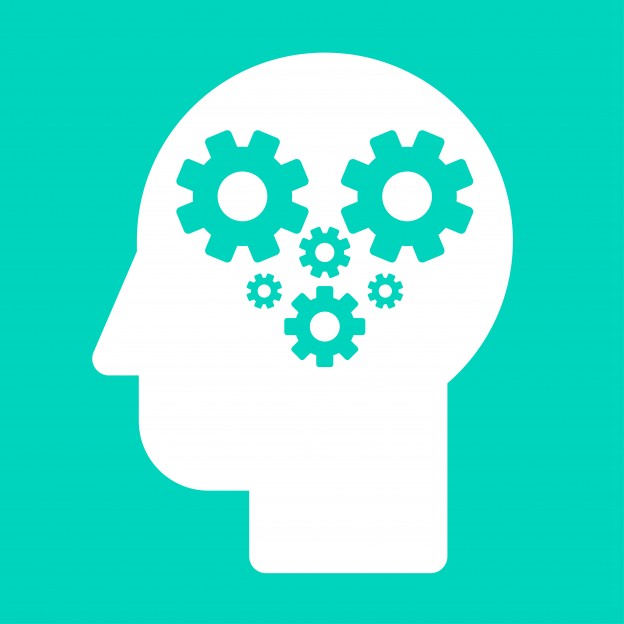Heart Over Brain
So there it is, that very moment when it’s time for you to make a decision about something. You probably think that reason is influencing what you should do because you are a smart rational person, but in reality, it is your heart that is taking over your brain and affecting your behavior the most.
Whether you are buying a new home, selecting between job opportunities, or picking a new shirt, you will first base your decision on how you feel about it, then justify that decision with more logical thinking.
This is even truer in our day and age. Customers are much more aware of what you need to deliver in order to impact their lives positively. They not only seek value but also significance in everything they acquire or interact with, something sincerely meaningful.
In a previous article I discuss what the creation of meaning involves. In essence it’s about making sure you develop enough empathy towards your audience, understand how they really feel, what they aspired to, and create a momentous experience that supports the emotional drive during the journey: a path to goal-achievement and contempt.
But what emotions are we talking about exactly?
Primary Emotions
Psychology experts have offered us plenty of studies in the last few decades about the understanding of the emotional self, the shambolic and sometimes unpredictable pool of sentiments (and their correlated responses) that makes us the opposite of robots.
Anyone can identify basic emotions such as happy or sad, but there are many more nuances and when combined, they influence how we behave in a specific moment and over time. And this of course applies to customers and clients. We will never stop being human even in business situations, which means emotions also need to be taken into account in a B2B context.
Understanding emotions is not simple, but once you grasp the basics you can actually determine what to do with them and identify opportunities to connect with your audience and support them efficiently. A commonly used guide to emotions is Plutchik’s wheel which structures 8 families of emotions. The inner circle (rage, ecstacy, etc.) is the most intense set of emotions but the second circle (joy, sadness, etc.) includes the most common ones. The outer circle presents variants and less intense emotions within the same family.

The Plutchik theory also demonstrates how pairing primary emotions from different families can define new ones. Here are a few examples:
But what perhaps matters the most is what to do with these emotions. Plutchik also suggests some anticipated reactions from people when facing certain situations. And that is of particular value when defining customer journeys.

One good example of how emotion scales are used is by companies wanting to optimize their customer service centers. They will develop guidelines and training classes for the representatives so they are equipped to deal with certain situations, particularly the more negative types of emotions such as anger or fear. An irritated and overwhelmed customer is not easy to handle after all.
But we all react differently to situations, now don’t we?
Personalities
While understanding specific emotions is very useful, the way they are combined in each of us is just as important. Personality refers to someone’s amalgamation of emotions, thoughts, and traits, as well as the psychological responses to situations. Personality is basically a pattern of characteristics forming a distinct behavior. And of course, scientists have spent a lot of time trying to understanding what makes us so unique.
There are many sets of customer personalities out there, but the most referred one is probably David Merrill and Roger Reid’s “Knowing About Social Styles” theory in which 4 types of personalities are identified. You can actually use a quadrant to define more precisely one’s personality, for instance you may be assertive in a given situation but not dramatic about it.

Many experts or agencies provide insights on how to deal with the 4 types of customers. They tend to adapt the characteristics to the industry they evolve in, but here are some of the most common ones from my audit:
While Merrill & Reid’s theory is very enlightening, I see it as a base. I think every project is different and identifying specific personalities for each might be a more targeted approach. For instance in a recent user experience research project I focused my efforts on one particular area of a digital platform redesign: talent recruitment.
My investigation allowed me to discover that in this area of expertise potential employees are often divided in 2 distinct categories: the passive seeker and the active seeker. It was clear early on that both have specific behavioral traits regarding career opportunities. They do not seek information the same way and are interesting in different things (or at least have different priorities).
Here’s a summary of the top-level personalities I presented:
ACTIVE SEEKER
They are typically in a situation where they need to find another job, either because they are unhappy or just pursuing a better opportunity, or because the company may be closing or outsourcing jobs (making the situation more urgent). Active seekers only represent about 30% of the total workforce, but most jobs are filled with this group who is proactively looking for new positions (and are more rational in their decision making). They will work hard at their personal brand and will be easier to find on social networks and recruitment websites. Because there is more of an urgency to find a new position, they will get down to business quickly by looking at your job descriptions early in the process. But it does not mean the talent you need is in this group. Many believe they are not as qualified as the passive candidates (on average). Why? They may not hold jobs as long and therefore have less experience. They may take any position and are less committed. That being said, there can be strong professionals in this group but you just need to filter the candidates properly.
PASSIVE SEEKER
This group represents about 70% of the workforce and is often thought as too “difficult” to approach (despite often including the most qualified candidates). These professionals are obviously not looking for jobs, but it does not mean they are not interested in hearing from you. Many are actually whiling to engage into a conversation with prospect employers to see if there is an opportunity. While you need a specific strategy on how to reach them, if they do visit your digital properties or come across content published elsewhere, you need to excite them. You have to connect with them on a more emotional level because only a spark, a moment of revelation, could make them decide to start considering new horizons.
In the full analysis, what I presented my client with is not only an understanding of the primary candidates but also how to handle them. But this is just a first layer. You need to take into account some of the other personality traits such as outgoing versus shy, or nervous versus confident, which can apply to both the passive or active seeker and do not necessarily define the qualification level of a potential employee. A shy and less confident person may still be the best match for your company but you need to know how to deal with them (note: introverts are now considered important players due to their more composed and analytical approach in life. Find the ideal moment or the best way to collect their thoughts).
So how else can you use emotions and personalities?
How-To
Leveraging emotions and personalities can be done in many ways. These obviously relate a lot to profiling exercises but also help model user experience artifacts. Here are a couple examples and some tips:
PERSONAS
Modeling archetypes is obviously the best way to translate the common characteristics of an audience into specific sets of emotions and personalities. As I explain in another article, a persona can only be called that way if it is brought to life during the development process (through storytelling and role-playing). To help you do this, persona artifacts should include a elements related to the emotional state and overall attitude. I usually include a single sentence that sum up the archetype’s state of mind (sometime as a quote). The overall personality must shine through the background stories you will write and specific emotions can be identified in particular stages of the journey.
EXPERIENCE CYCLE & JOURNEY MAP
Diagraming the path to goal-achievement is one of my favorite exercises. It represents how an audience member is likely to evolve over time within a given experiential platform. Because it is sequential and evolutionary, you can identify specific mindsets or feelings when certain events occur or when certain tasks are performed. A good example of that was a project I worked on not so long ago where the audience was not only young but also going through a difficult experience. Kids were participating in a clinical trial and it was clear that emotions were going to influence a lot how they were going to interact with our retention program. To make our flows impactful we used an emotional cycle related to patients going through such an experiment. It included a sequence of stages from motivated to doubtful and even growing apathy.
Take-Away
In a nutshell, it just about asking yourself: “How do they feel and what can I do about it?” Think of customers or clients as human beings, understand their perspective of a situation and act as a true partner. Show that you really care about them and want to make a difference in their lives, whether it is personal or professional.
Here are some additional tips about the attitude YOU should have regarding your audience:
- Customers are human beings: make people your priority
- Get closer, listen a lot, speak to them and show that you understand.
- Get them involved, value their ideas, let them imagine possibilities.
- Make it easy for them, give them control, offer options.
- Stay positive, make it inspiring, delight them.
- Teach your team or colleagues how to develop empathy.
Anecdote: I came across an interesting study from Frac.tl which identifies the top drivers of viral content, and in the end, feeling “happy” was identified as the overall motivation for social media sharing, as seen in this list:
- Amusement
- Interest
- Surprised
- Happiness
- Delight
- Pleasure
- Joy
- Hope
- Affection
- Excitement
Some books to consider:
- Personal Styles & Effective Performance
- Emotions and Life: Perspectives from Psychology, Biology, and Evolution
- Personality: What Makes You the Way You Are
- Predictably Irrational, Revised and Expanded Edition: The Hidden Forces That Shape Our Decisions
Marco Gervasio
_________________________________________________
Reach me: marco@sequential.ca

